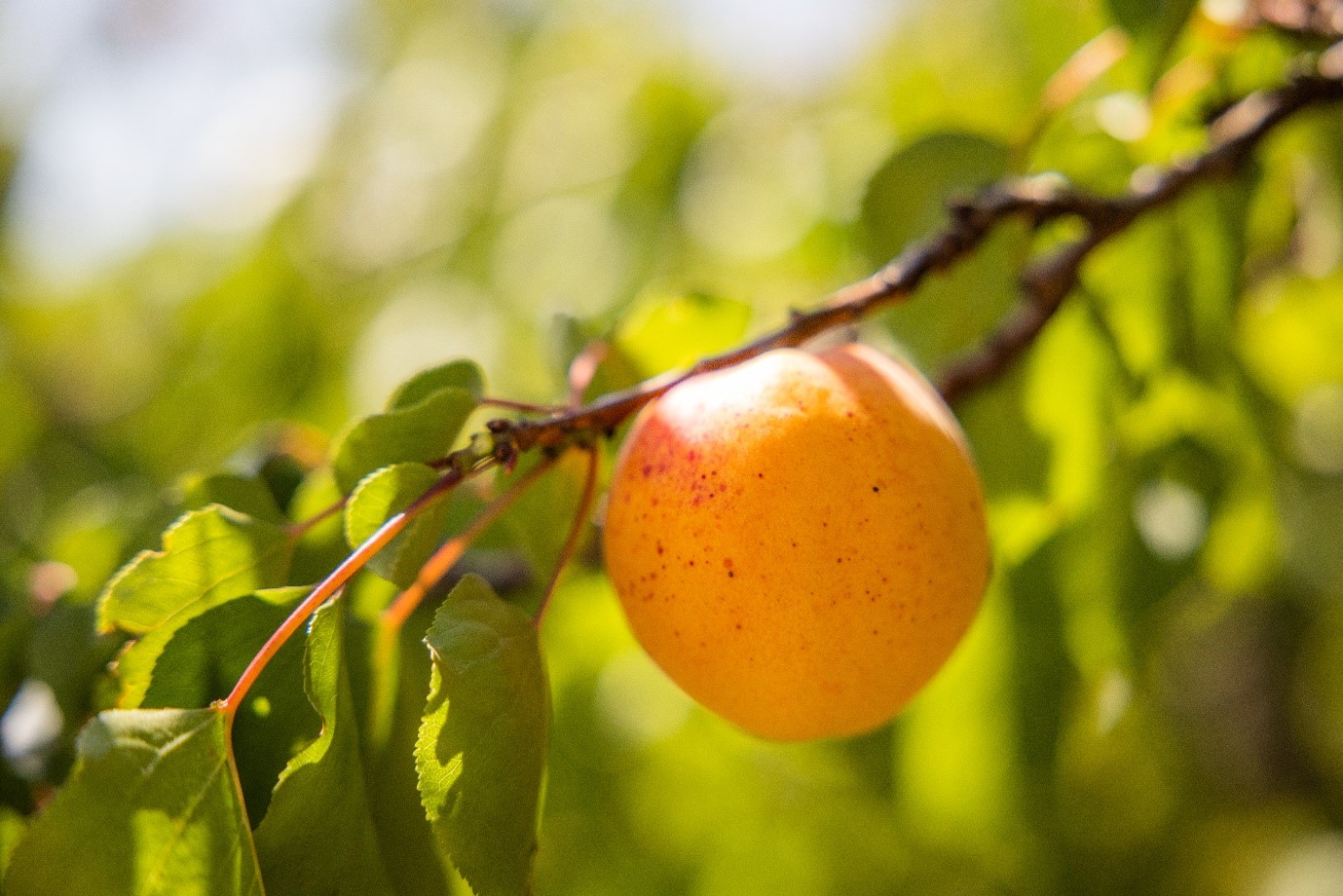Central Otago fruit loss: The unrealised potential
Stage 2 - Research to support adding-value
About 6000 tonnes or 15% of fruit grown in Central Otago does not end up being consumed.
The opportunity to see more of our fruit used and not go to waste, brought parties together to undertake three workstreams, to increase the knowledge base and understand options.
The three workstreams, which focused on apples, apricots, cherries and nectarines, identified:
1) Current processing capacity and constraints in the district
2) Fruit health benefits and properties, product development trends
3) Demand trends locally and globally
Initial findings were presented to over 50 local growers, processors and interested parties in Alexandra, in November 2022. The reports from each workstream have now been finalised and have been made publicly available (see links below).
“Reducing fruit loss could also provide the opportunity for growers to move up the value chain through their processing activities, to grow and diversify the local economy,” Central Otago District Council Economic Development Manager Nick Lanham said.
From a Summerfruit NZ perspective the project and reports provided some excellent insights into the opportunities to gain value from waste fruit, but also identified challenges, Summerfruit New Zealand Research Manager Sally Anderson said.
"It’s these challenges that the collective will need to work through if future opportunities might be realised. It seems that there are opportunities and Summerfruit NZ would be keen to continue to support these initiatives now that the groundwork has been laid."
“Collaboration will be key to solving these challenges," LILO Desserts co-founder Cleo Gilmour said. Her company specialises in utlising and celebrating local fruit in a new range of ready to eat cheesecakes.
"New Zealand grows some of the world’s most nutritious and delicious fruit in the world, and the Central Otago provenance story is underutilised in our export marketing. While processing capacity is still a challenge, focusing on the taste and nutrients of our fruit will widen opportunities for growers and help grow New Zealand’s reputation as a premium food producer.”
Stage three of the project begins this month and involves promoting the reports and a meeting with potential investors interested in collaborating and exploring the next steps.
Background
Fruit loss is fruit that is grown for human consumption but does not end up being sold for human consumption and is lost on property or in production (orchard and packhouse).
In October 2021, the Central Otago District Council (CODC) commissioned a report to quantify the amount of fruit that does not get used, as the first step in supporting initiatives to reduce fruit loss. A workshop followed with local growers and processors, who developed the three workstreams that would support individuals and collaborative groups to use more of the fruit loss (see Stage 1 above).
The three workstreams were funded by CODC, Summerfruit NZ, Lilo Deserts, the Ministry for Primary Industries’ Sustainable Food and Fibre Futures fund and Bio Resource Processing Alliance. Work was undertaken by Otago University, Plant and Food Research, and Appetite for Change Limited.
Links to reports:
- Appetite for change Workstream 3 - Value plus project (PDF, 23.8MB)
- Otago University Workstream 1 - Local processing (PDF, 920KB)
- Plant and Food Workstream 2 - New consumer products (PDF, 817KB)
- Plant and Food Workstream 2 - Understanding the composition and potential health (PDF, 207MB)
Stage 3 - update on project progress
Link to media release 22 January 2024:
Frozen cherry processing pilot underway this summer - Central Otago District Council (codc.govt.nz)


